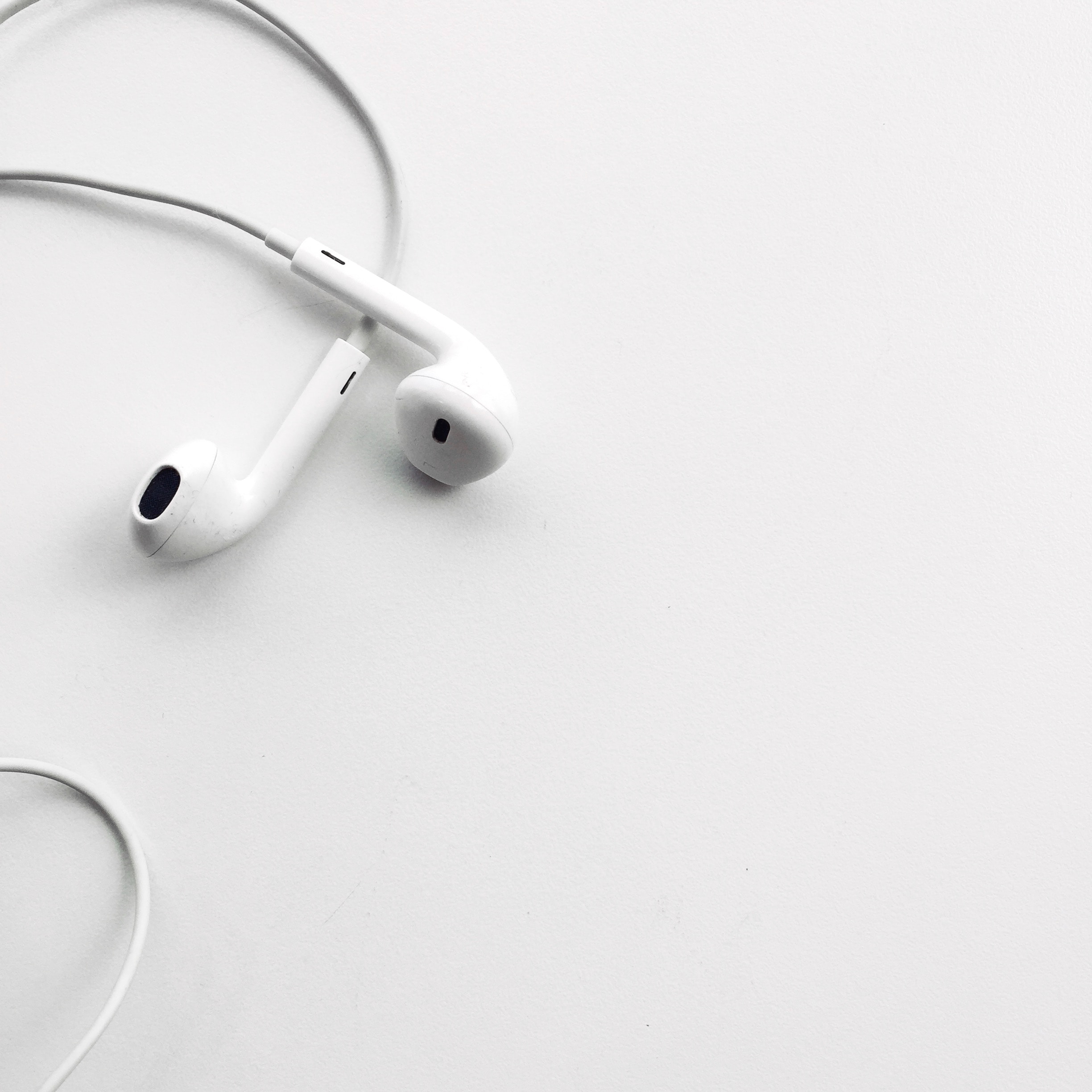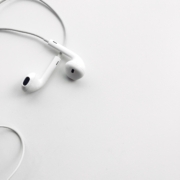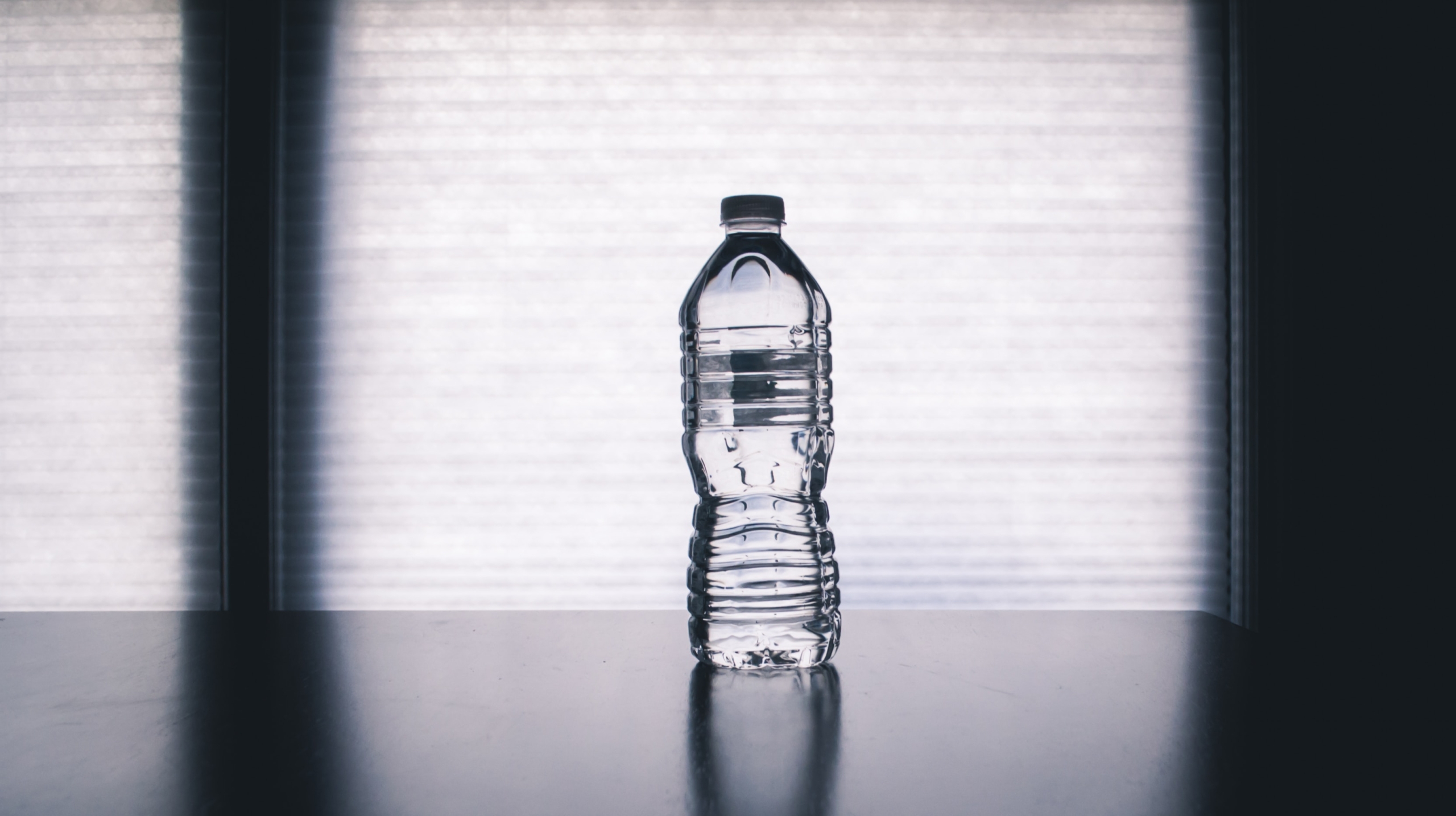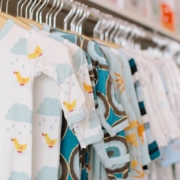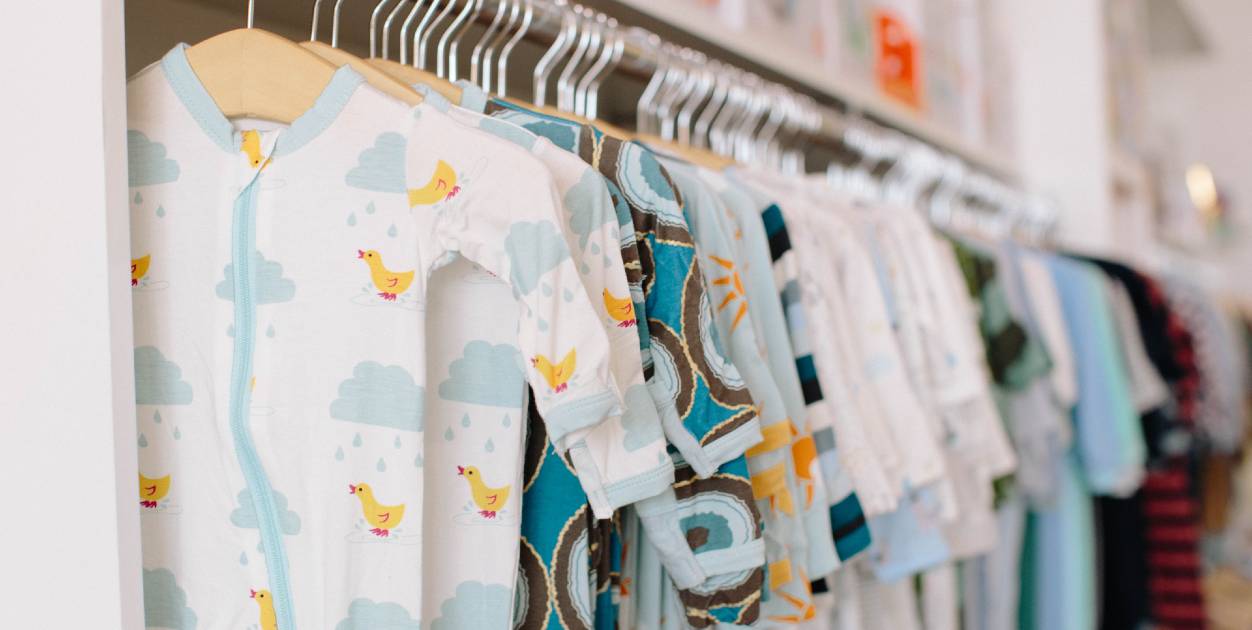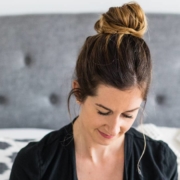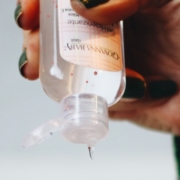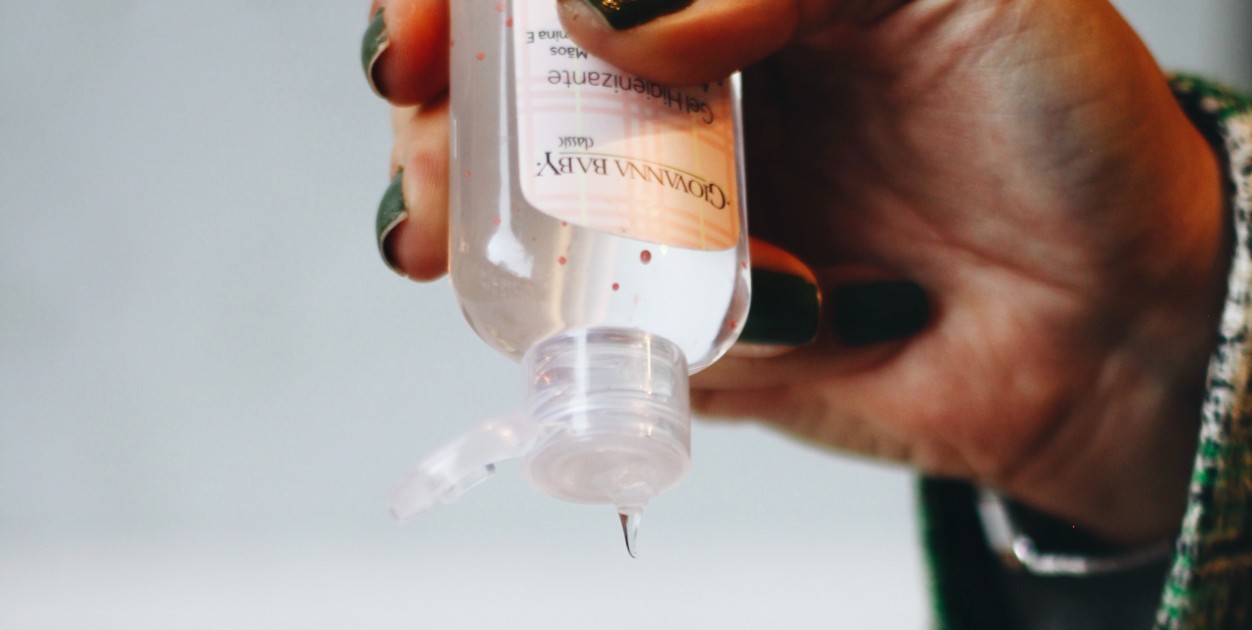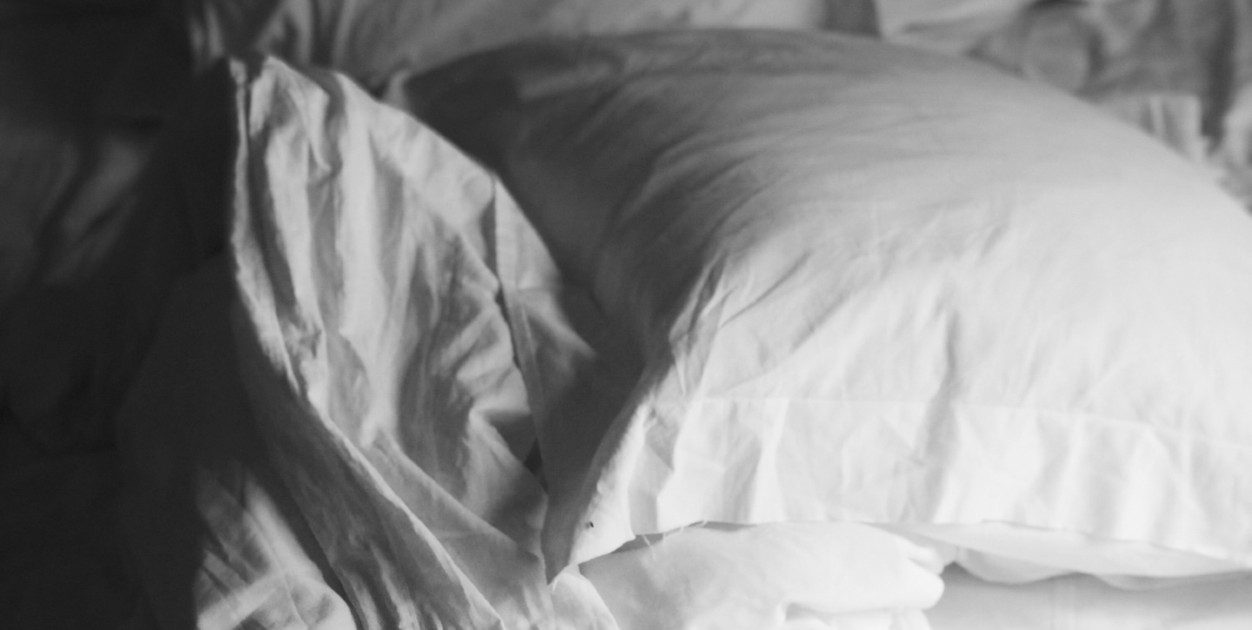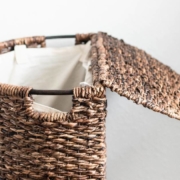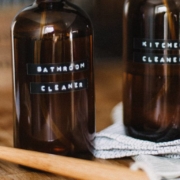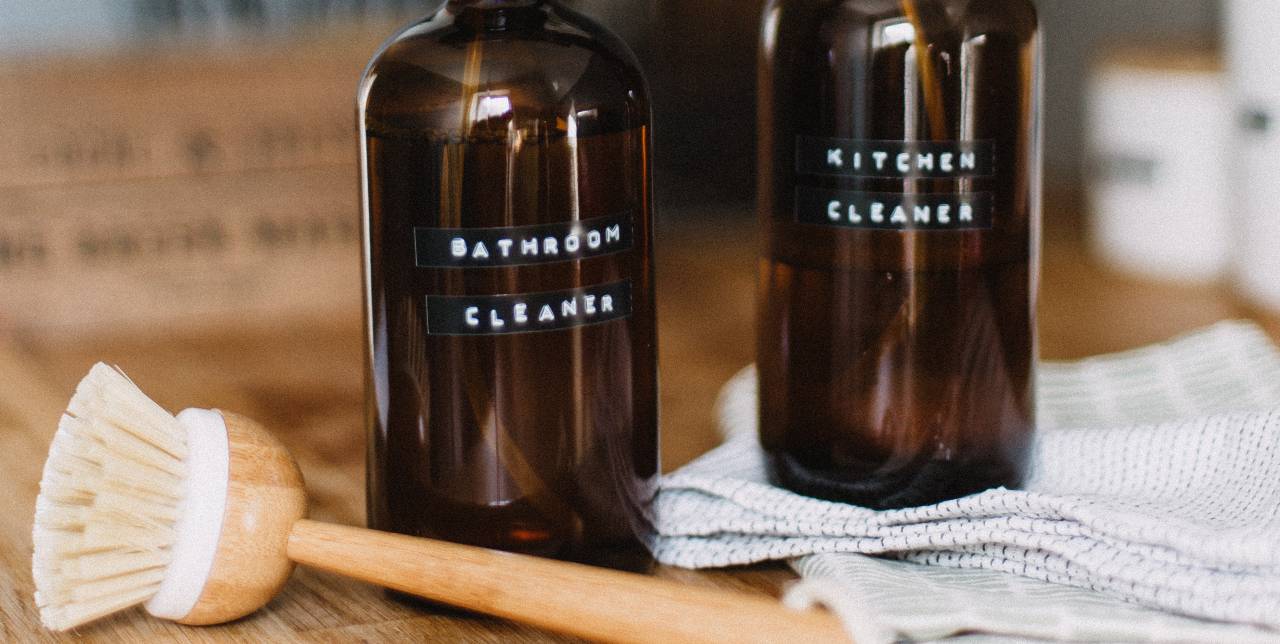
In this teaser episode for Season 02, I want to illustrate a bigger point. And it’s one that I’ve been thinking about a lot in the two years since pausing this podcast, since having a second baby and since having conversations with friends. And it’s what I call “The Wellness Burden.”
Subscribe on iTunes here.
Subscribe on Spotify here.
Subscribe on Google Podcasts here.
LINKS TO PAST EPISODES
GRASS
HAND SANITIZER
COOKWARE
ORGANIC FOOD
LEMON
SOURCES
https://digital.sciencehistory.org/works/mg74qm295
https://www.cdc.gov/biomonitoring/DDT_FactSheet.html#:~:text=The%20United%20States%20banned%20the,environment%20and%20in%20animal%20tissues
https://www.epa.gov/archive/epa/aboutepa/ddt-regulatory-history-brief-survey-1975.html
https://www.ncbi.nlm.nih.gov/pmc/articles/PMC2737010/#:~:text=The%20recent%20literature%20shows%20a,and%20impaired%20neurodevelopment%20in%20children
https://www.ncbi.nlm.nih.gov/pmc/articles/PMC1470496/
TRANSCRIPT
I’m looking at a newspaper advertisement from 1947. I see a black and white photo of a woman, wearing a gingham top, peering over at a baby who’s just woken up from a nap. The ad shows a cozy crib, with a framed picture of a cat on the wall, and there’s patterned wallpaper with flowers and cartoon characters on it.
The headline on the advertisement reads: “Protect your children against disease-carrying insects!”
Can you guess which of the products in the photo will protect a sleeping baby from disease-carrying insects?
[pause]
It’s the wallpaper. It’s wallpaper that’s covered in the insecticide, DDT.
The ad goes on to read: [quote] “NO SPRAYS! NO LIQUIDS! NO POWDERS! So convenient, so safe because the DDT is fixed to the paper. It can’t rub off!” [end-quote]
Do you know what else the ad says?
[quote] “Certified to be absolutely safe for home use.” And then there’s a seal of approval placed over the photo from the Consumer Service Bureau that says, “Tested and Commended by Parents Magazine.”
When this advertisement ran in 1947, DDT was one of the most widely-used insecticides in the United States. It was used on cotton crops, peanuts, soybeans, and yes, it could even be used on the wallpaper of children’s bedrooms across the country.
According to the United States Environmental Protection Agency, scientists started voicing their concerns about the harmful effects of DDT in the 1940s, but it took 30 years for the U.S. government to ban its use after initially being approved by the FDA in 1945.
DDT was discovered to be a human carcinogen and one of the most damaging environmental pollutants in existence. We are still dealing with the effects of it in our soil and water systems today.
Since 1972, when DDT was finally banned from being used, studies showed that the insecticide was associated with adverse health outcomes such as breast cancer, diabetes, decreased semen quality, spontaneous abortion, and impaired neurodevelopment in children.
So, why am I telling you about an insecticide that hasn’t been used for over 50 years?
Because I want to illustrate a bigger point. And it’s one that I’ve been thinking about a lot in the two years since pausing this podcast, since having a second baby and since having conversations with family and friends.
And it’s what I call The Wellness Burden.
The Wellness Burden is the pressure and expectation that falls on us as parents, as consumers, as the people, that requires us to do our own research and discern our own truth.
And that’s a scary place to find ourselves. The pandemic made the information crisis worse, social media has made the information crisis worse but you know what else has made it worse?
The organizations that were put in place to protect us – organizations like the FDA or the AAP or the USDA. The organizations that would approve a man-made chemical to adorn our homes, be used to grow our food and allowed to seep into our water systems, only to ban it decades later. We are living in a world where the burden of research and decision making, when it comes to our own health and the health of our families, falls on us and us alone.
And here’s the crazy thing: there was a time when what I’m saying would be written off as conspiracy-theory talk or fringe, off-the-grid, alt nonsense… but I know you know what I’m talking about.
These aren’t taboo topics anymore, we now know that insecticides like DDT and Round-Up cause cancer, respiratory issues and worse. We now know that our drinking water is so intoxicated with PFAs that we have to buy expensive, fancy filters for our homes. We now know that our beauty and skincare routines are causing infertility and breast cancer.
And if you don’t know these things, then that’s why you’re here.
I am not trying to embolden a mutiny of distrusting consumers and citizens, but it’s not a secret anymore: the products and foods that are supposedly safe, and approved and certified and recommended by our leadership and consumer safety organizations are not always in our best interest.
In the 1950s doctors were encouraged to prescribe cigarettes to ease asthma symptoms.
Prior to the 1970s, it was considered safe to use lead paint in our homes.
It wasn’t even that long ago that baby powder was considered safe, despite containing talc with asbestos in it.
And just as it wasn’t safe to wallpaper our babies rooms with DDT in the 1940s, it again, falls on us to detox our bathrooms, kitchens and medicine cabinets from parabens, sulfates, pesticides and endocrine disruptors.
It’s exhausting, isn’t it?
This story isn’t new, though. Our grandmothers will tell us how they lit up a pack a day, with a martini in one hand, when they were pregnant with our mothers. They’ll say, “Eh, we didn’t worry about that stuff – she turned out just fine.”
But as I’ve shared in Season 01 and will continue to bring to light in Season 02, our grandmothers were not facing the same level of toxic load. And just as corporations knew back then, and continue to exploit today (maybe even tenfold), it’s that healthy people aren’t profitable.
The pharmaceutical companies don’t make money when we use lemons and onions to boost our immune systems. Or when we cook our food with pots and pans that don’t leach teflon chemical byproducts into our bodies. Or when we use hand soap that protects our microbiomes instead of stripping away the natural oil barriers that fight germs.
Nope, healthy people aren’t profitable.
And so, the burden falls on us.
It falls on us if we have the time, resources, disposable income, access, interest and energy to put into educating ourselves, seeking out better products, adjusting our budgets and getting the rest of the family to adapt to the changes.
Ask a single mother of three, who works two jobs, to do the same and it shines a light on what I really mean when I say, “burden.” Ask her if the system is rigged. Ask her if she’s set up to give her kids the healthiest life possible.
This fires me up. It’s the inequities, the system, the privilege I can see from my own white, straight, married, affluent cis-woman lens that keeps me up at night. And it’s the reason I had to bring The Clean Living Podcast back.
My goal with the episodes you’ll hear this season is to try and democratize the wellness space, so that it’s accessible to anyone with an internet connection and 10 minutes – (I know, it’s not perfect but it’s about the closest we can get to easy and free). I will also do my best to recommend cleaner products at a range of price points and to speak about these issues in a way that considers all of us – from Cohasset, Massachusetts to Fort Scott, Kansas to Detroit, Michigan – even if I do it imperfectly. And spoiler, I will probably do it imperfectly. But we have to start somewhere.
As I said, in Season 01, and I’ll say again now: I truly believe that cleaner living is about progress over perfection — and taking charge of the toxins, pollutants and health in your own family is a huge step in changing the world. Each small change we make individually has the power to create a movement.
So, let’s start again, shall we?
Season 02 kicks off next week, September 13th, with a brand new episode. Before then, please share this teaser episode – maybe you have a friend who has been preaching this message for years and she doesn’t know about this podcast yet. Maybe your mom thinks you’re overreacting when it comes to the products you buy for your kids – send this episode to them. You don’t have to fight the good fight – I’ll do it for you : )
In the meantime, make sure you’re subscribed on your preferred podcast platform so you’re notified as soon as a new episode goes live. I’m so honored to have you here.
